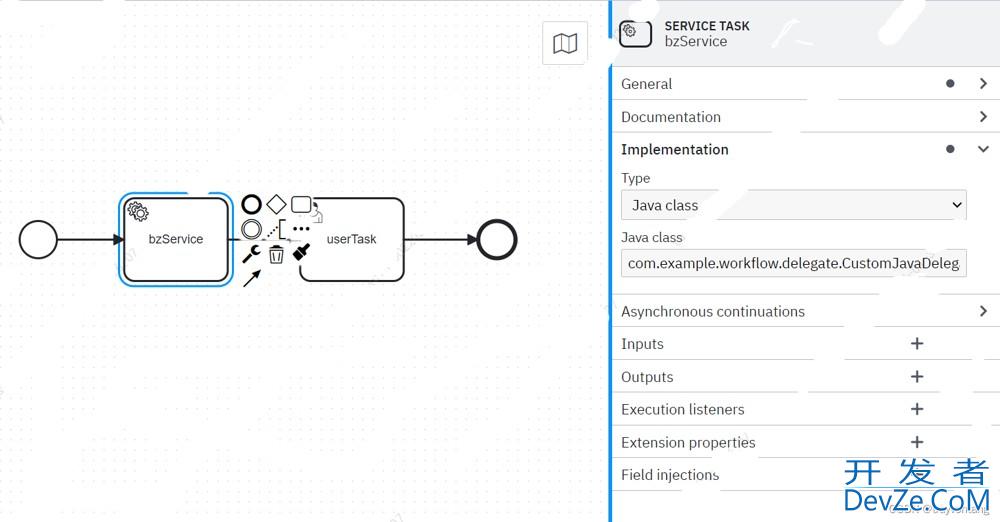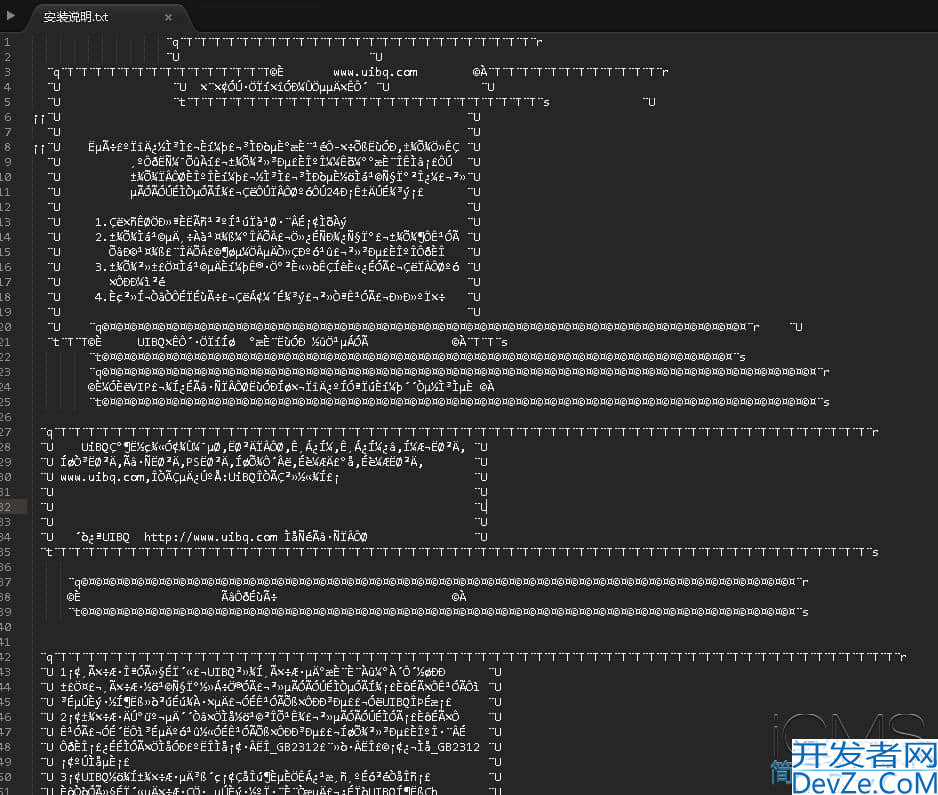关于yolov8训练的一些改动及注意事项
目录
- 1、YOLOv8创新改进点:
- 1.1.Backbone
- 1.2.PAN-FPN
- 1.3.Decoupled-Head
- 1.4.Anchor-Free
- 1.5.损失函数
- 1.6.样本匹配
- 2、关于基于预训练模型的训练
- 3、注意事项
- 总结
1、YOLOv8创新改进点:
1.1.Backbone
使用的依旧是CSP的思想,不过YOLOv5中的C3模块被替换成了C2f模块,实现了进一步的轻量化,同时YOLOv8依旧使用了YOLOv5等架构中使用的SPPF模块;
1.2.PAN-FPN
毫无疑问YOLOv8依旧使用了PAN的思想,不过通过对比YOLOv5与YOLOv8的结构图可以看到,YOLOv8将YOLOv5中PAN-FPN上采样阶段中的卷积结构删除了,同时也将C3模块替换为了C2f模块
1.3.Decoupled-Head
是不是嗅到了不一样的味道?是的,YOLOv8走向了Decoupled-Head;
1.4.Anchor-Free
YOLOv8抛弃了以往的Anchor-Base,使用了Anchor-Free的思想;
1.5.损失函数
YOLOv8使用VFL Loss作为分类损失,使用DFL Loss+CIOU Loss作为分类损失;
1.6.样本匹配
YOLOv8抛弃了以往的IOU匹配或者单边比例的分配方式,而是使用了Task-Aligned Assigner匹配方式。
2、关于基于预训练模型的训练
yolov8版本更新后,代码结构也随着更新,跟v5的结构大不一样,大部分接口以及网络结构也随之改动,为了加速算法落地,我们在训练时一般会迁移一部分预训练参数从而是的模型达到较好的效果,但是若你的模型跟预训练模型只有一小部分相似,但是又想继承这一小部分的特征,直接加载所有参数训练肯定是不可取的,那就需要进行神经网络的层冻结,通过冻结一些层来使得模型加速拟合,减少参数训练量。例如:当你的网络很复杂,他的前端网络是一个 vgg-16 的分类网络,后面要拼接一个自己写的功能网络,这个时候,你把 vgg-16 的网络架构定义好了之后,上网下载vgg-16 的训练好的网络参数,然后加载到你写的网络中,然后把 vgg-16 相关的层冻结掉,只训练你自己写的小网络的参数。这样的话,你就可以省掉很多的运算资源和时间,提高效率。
注意:冻结网络层之后,最好对网络重新 compile 一下,否则在一些场景下不会生效,compile 才会生效。
废话不多说了,上干货:
def _setup_train(self, rank, world_size):
"""
Builds dataloaders and optimizer on correct rank process.
"""
# model
self.run_callbacks("on_pretrain_routine_start")
ckpt = self.setup_model()
self.model = self.model.to(self.device)
freeze=[5]
freeze = [f'model.{x}.' for x in (freeze if len(freeze) > 1 else range(freeze[0]))] # layers to freeze
for k, v in self.model.named_parameters():
v.requires_grad = True # train all layers
# v.register_hook(lambda x: torch.nan_to_num(x)) # NaN to 0 (commented for erratic training results)
if any(x in k for x in freeze):
LOGGER.info(f'freezing {k}')
v.requires_grad = False
self.set_model_attributes()
if world_size > 1:
self.model = DDP(self.model, device_ids=[rank])
# Check imgsz
gs = max(int(self.model.stride.max() if hasattr(self.model, 'stride') else 32), 32) # grid size (max stride)
self.args.imgsz = check_imgsz(self.args.imgsz, stride=gs, floor=gs)
# BATch size
if self.batch_size == -1:
if RANK == -1: # single-GPU only, estimate best batch size
self.batch_size = check_train_batch_size(self.model, self.args.imgsz, self.amp)
else:
SyntaxError('batch=-1 to use AutoBatch is only available in Single-GPU training. '
'Please pass a valid batch size value for Multi-GPU DDP training, i.e. batch=16')
# Optimizer
self.accumulate = max(round(self.args.nbs / self.batch_size), 1) # accumulate loss before optimizing
self.args.weight_decay *= self.batch_size * self.accumulate / self.args.nbs # scale weight_decay
self.optimizer = self.build_optimizer(model=self.model,
name=self.args.optimizer,
lr=self.args.lr0,
momentum=self.args.momentum,
decay=self.args.weight_decay)
# Scheduler
if self.args.cos_lr:
self.lf = one_cycle(1, self.args.lrf, self.epochs) # cosine 1->hyp['lrf']
else:
self.lf = lambda x: (1 - x / self.epochs) * (1.0 - self.args.lrf) + self.args.lrf # linear
self.scheduler = lr_scheduler.LambdaLR(self.optimizer, lr_lambda=self.lf)
self.scheduler.last_epoch = self.start_epoch - 1 # do not move
self.stopper, self.stop = EarlyStopping(patience=self.args.patience), False
# dataloaders
batch_size = self.batch_size // world_size if world_size > 1 else self.batch_size
self.train_loader = self.get_dataloader(self.trainset, batch_size=batch_size, rank=rank, mode="train")
if rank in {0, -1}:
self.test_loader = self.get_dataloader(self.testset, batch_size=batch_size * 2, rank=-1, mode="val")
self.validator = self.get_validator()
metric_keys = self.validator.metrics.keys + self.label_loss_items(prefix="val")
self.metrics = dict(zip(metric_keys, [0] * len(metric_keys))) # TODO: init metrics for plot_results()?
self.ema = ModelEMA(self.model)
self.resume_training(ckpt)
self.run_callbacks("on_pretrain_routine_end")
3、注意事项
freeze=[5]的意思是冻结前5层骨干网络,一般来说最大冻结前十层网络(backbone)就可以了,如果全部冻结,那么训练出来的模型将会啥也不是,同时注意修改ultralytics-main/ultralytics/yolo/cfg/default.yaml,以下是我的:
# Ultralytics YOLO , GPL-3.0 license # Default training settings and hyperparameters for medium-augmentation COCO training task: detect # inference task, i.e. detecpythont, segment, classify mode: train # YOLO mode, i.e. train, val, predict, export # Train settings ----------------------------------------------------------sJtHPTYD--------------------------------------------- model: yolov8s.pt # path to model file, i.e. yolov8n.pt, yolov8n.yaml data: data/rubbish_classify.yaml # path to data file, jsi.e. i.e. coco128.yaml epochs: 300 # number of epochs to train for patience: 500 # epochs to wait for no observable improvement for early stopping of training batch: 16 # number of images per batch (-1 for AutoBatch) imgsz: 640 # size of input images as inte编程客栈ger or w,h save: True # save train checkpoints and predict results cache: False # True/ram, disk or False. Use cache for data loading device: # device to run on, i.e. cuda device=0 or device=0,1,2,3 or device=cpu workers: 8 # number of worker threads for data loading (per RANK if DDP) project: # project name name: # experiment name exist_ok: False # whether to overwrite existing experiment pretrained: 1 # whether to use a pretrained model optimizer: SGD # optimizer to use, choices=['SGD', 'Adam', 'AdamW', 'RMSProp'] verbose: True # whether to print verbose output seed: 0 # random seed for reproducibility deterministic: True # whether to enable deterministic mode single_cls: False # train multi-class data as single-class image_weights: False # use weighted image selection for training rect: False # support rectangular training cos_lr: False # use cosine learning rate scheduler close_mosaic: 10 # disable mosaic augmentation for final 10 epochs resume: False # resume training from last checkpoint # Segmentation overlap_mask: True # masks should overlap during training (segment train only) mask_ratio: 4 # mask downsample ratio (segment train only) # Classification dropout: 0.0 # use dropout regularization (classify train only) # Val/Test settings ---------------------------------------------------------------------------------------------------- val: True # validate/test during training save_json: False # save results to JSON file save_hybrid: False # save hybrid version of labels (labels + additional predictions) conf: # object confidence threshold for detection (default 0.25 predict, 0.001 val) iou: 0.7 # intersection over union (IoU) threshold for NMS max_det: 300 # maximum number of detections per image half: False # use half precision (FP16) dnn: False # use OpenCV DNN for ONNX inference plots: True # save plots during train/val # Prediction settings -------------------------------------------------------------------------------------------------- source: # source directory for images or videos show: False # show results if possible save_txt: False # save results as .txt file save_conf: False # save results with confidence scores save_crop: False # save cropped images with results hide_labels: False # hide labels hide_conf: False # hide confidence scores vid_stride: 1 # video frame-rate stride line_thickness: 3 # bounding box thickness (pixels) visualize: False # visualize model features augment: False # apply image augmentation to prediction sources agnostic_nms: False # class-agnostic NMS classes: # filter results by class, i.e. class=0, or class=[0,2,3] retina_masks: False # use high-resolution segmentation masks boxes: True # Show boxes in segmentation predictions # Export settings ------------------------------------------------------------------------------------------------------ format: torchscri开发者_JS培训pt # format to export to keras: False # use Keras optimize: False # TorchScript: optimize for mobile int8: False # CoreML/TF INT8 quantization dynamic: False # ONNX/TF/TensorRT: dynamic axes simplify: False # ONNX: simplify model opset: # ONNX: opset version (optional) workspace: 4 # TensorRT: workspace size (GB) nms: False # CoreML: add NMS # Hyperparameters ------------------------------------------------------------------------------------------------------ lr0: 0.01 # initial learning rate (i.e. SGD=1E-2, Adam=1E-3) lrf: 0.01 # final learning rate (lr0 * lrf) momentum: 0.937 # SGD momentum/Adam beta1 weight_decay: 0.0005 # optimizer weight decay 5e-4 warmup_epochs: 3.0 # warmup epochs (fractions ok) warmup_momentum: 0.8 # warmup initial momentum warmup_bias_lr: 0.1 # warmup initial bias lr box: 7.5 # box loss gain cls: 0.5 # cls loss gain (scale with pixels) dfl: 1.5 # dfl loss gain fl_gamma: 0.0 # focal loss gamma (efficientDet default gamma=1.5) label_smoothing: 0.0 # label smoothing (fraction) nbs: 64 # nominal batch size hsv_h: 0.015 # image HSV-Hue augmentation (fraction) hsv_s: 0.7 # image HSV-Saturation augmentation (fraction) hsv_v: 0.4 # image HSV-Value augmentation (fraction) degrees: 0.0 # image rotation (+/- deg) translate: 0.1 # image translation (+/- fraction) scale: 0.5 # image scale (+/- gain) shear: 0.0 # image shear (+/- deg) perspective: 0.0 # image perspectivepython (+/- fraction), range 0-0.001 flipud: 0.0 # image flip up-down (probability) fliplr: 0.5 # image flip left-right (probability) mosaic: 1.0 # image mosaic (probability) mixup: 0.0 # image mixup (probability) copy_paste: 0.0 # segment copy-paste (probability) # Custom config.yaml --------------------------------------------------------------------------------------------------- cfg: # for overriding defaults.yaml # Debug, do not modify ------------------------------------------------------------------------------------------------- v5loader: 1 # use legacy YOLOv5 dataloader
总结
到此这篇关于yolov8训练的一些改动及注意事项的文章就介绍到这了,更多相关yolov8训练改动内容请搜索我们以前的文章或继续浏览下面的相关文章希望大家以后多多支持我们!







 加载中,请稍侯......
加载中,请稍侯......
精彩评论